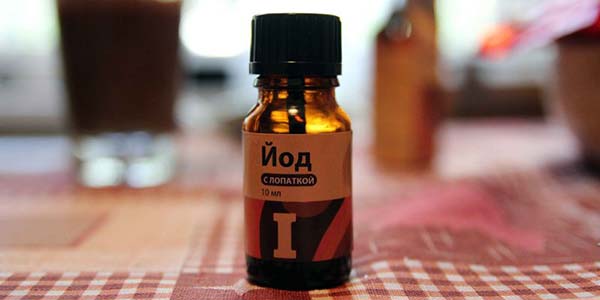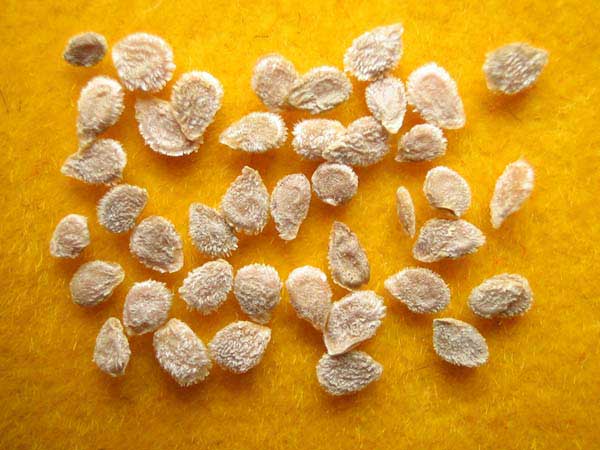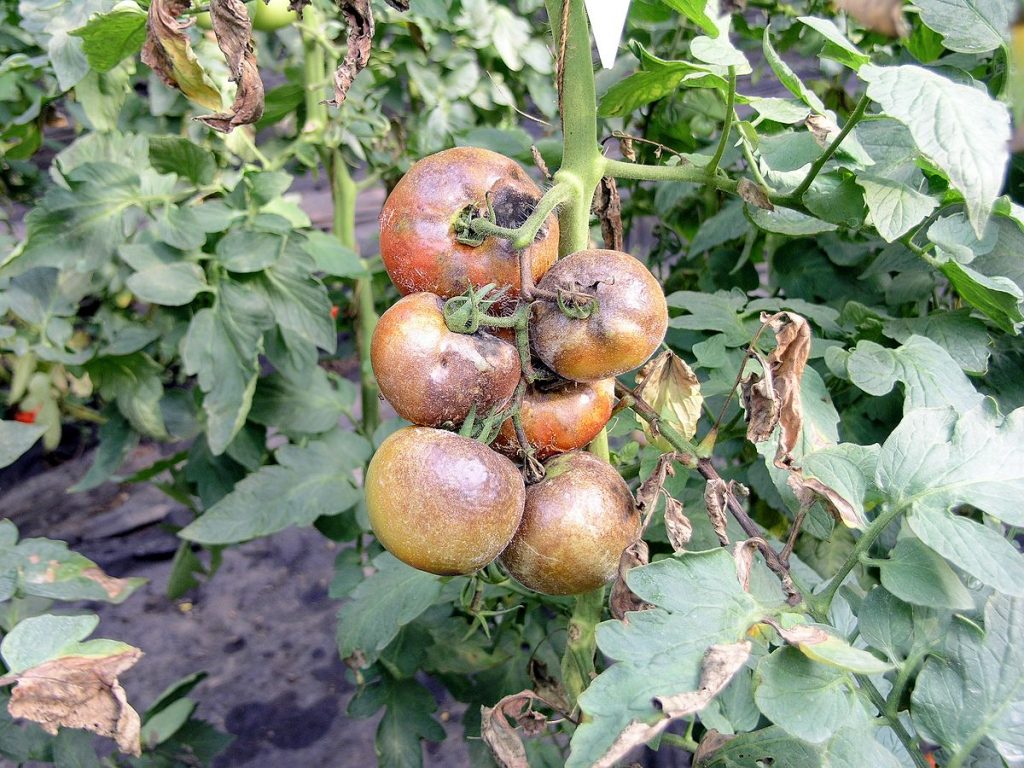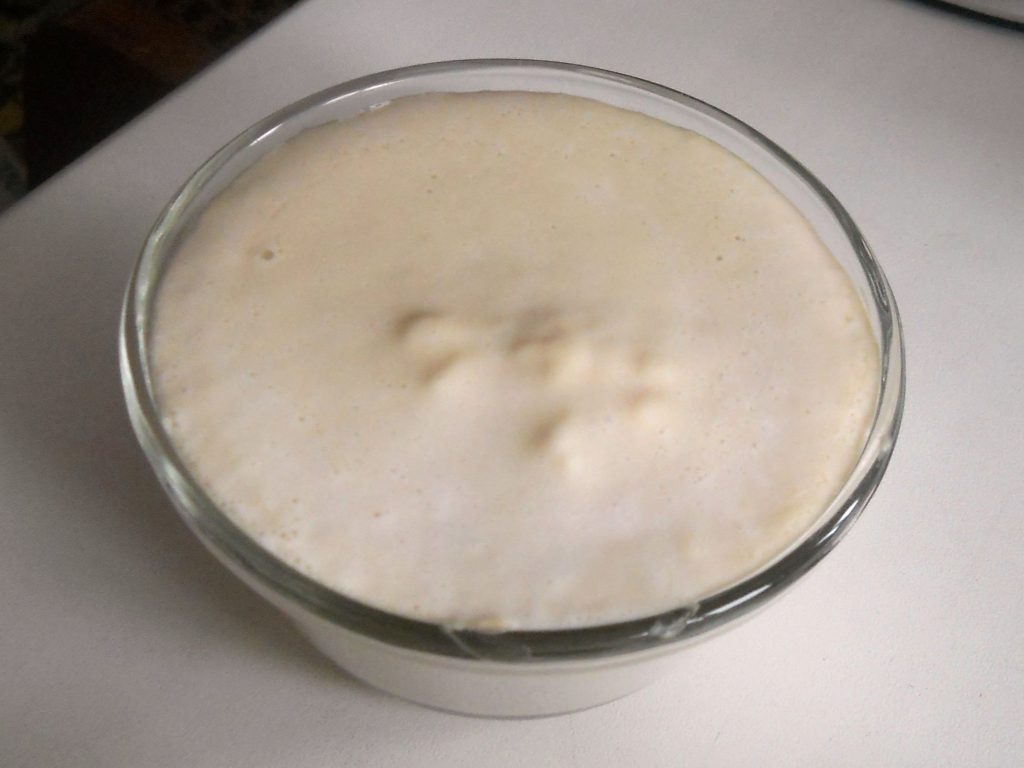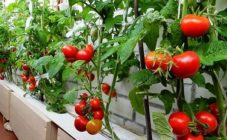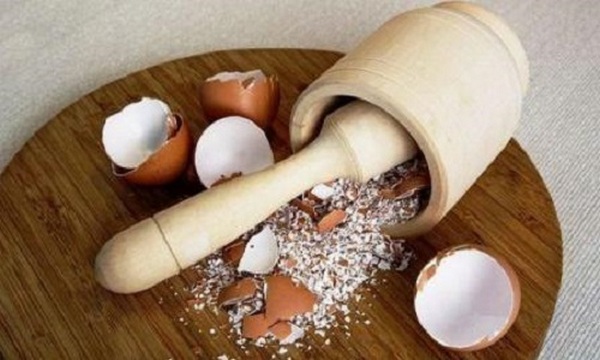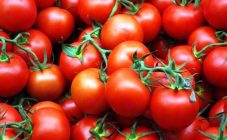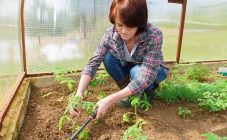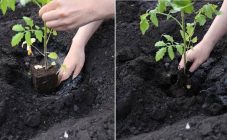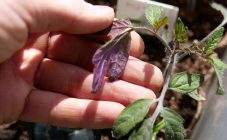Content:
Top dressing of tomato seedlings with iodine is popular among gardeners. In small quantities, the product is safe for both humans and green crops. If necessary, iodine is used in a greenhouse with tomatoes, as well as in the open field. The use of iodine dressings has a positive effect on tomatoes and ensures the rapid growth of bushes.
The benefits of iodine for tomatoes
The use of iodine for tomato seedlings as a fertilizer helps to improve nitrogen exchange in the roots and eliminate the need to apply saltpeter.
The trace element iodine for tomato seedlings allows:
- increasing yields, thanks to feeding the soil with nutrients;
- suspension of the development of fungal infections in the soil and seedlings;
- increasing resistance to various infections;
- development of healthy seedlings;
- prevention of spoilage of vegetable crops;
- reducing the susceptibility of tomato bushes to adverse weather conditions: drought and waterlogging.
In addition, iodine is used to protect against late blight on tomatoes. Timeliness of processing contributes to a rich harvest without loss. According to gardeners, iodine is responsible for the saturation and uniformity of the red tone.
The content of iodine in the ground helps to fight phyto-diseases at the initial stage, reduces the threat of damage by mosaics and root rot.
Treatment of cultures with iodine-containing solution in low concentration is harmless to humans and does not require the use of personal protective equipment.
Symptoms of iodine deficiency
Lack of iodine negatively affects the development of the human body, as well as plants. As a rule, experienced vegetable growers can determine the lack of iodine by eye. Iodine deficiency is signaled by diseases, which are especially visible on tomatoes:
- Weakening of the immune system and susceptibility to harmful insects and infections. This is evidenced by sluggish foliage, pale color of young shoots and thin tomato stems.
- The spread of diseases: phytophthora, root rot, brown spot - a sign that the tomato bushes were not fed. Without the necessary nutrition, crops are in danger of death.
- Decline in yield and productivity. Lack of substance in the soil causes a decrease in fertility, and sometimes its absence. Leads to late and low yield.
- Instability to temperature extremes. Dry periods, summer heat, excess watering have a detrimental effect on tomato plantings, which do not fertilize well.
Normal development and growth of vegetable crops does not require large amounts of iodine. The product is not manufactured separately to feed crops. The drug is easy to find in the pharmacy network or to buy fertilizer that contains the substance in the composition.
Disinfection of seed
The use of iodine differs in the feeding of tomato beds, as well as disinfection of vegetable seeds before planting. Processing reduces the risk of phyto-diseases in the future and eliminates potential harmful microorganisms in the planting material. In fact, all vegetable diseases are due to damaged seeds (up to 80%) and only 20% - from a lack of nutrients in the ground.
The procedure is carried out as follows:
- 0.1 g is needed per liter of warm water.facilities;
- the seeds are placed in a solution;
- after 10 minutes, the liquid is drained and the seeds are thoroughly washed;
- then spread on a paper towel or napkin to absorb excess moisture.
The seed is dried in the sun for a week, while not forgetting about mixing the seed. When the seeds are ready, they are poured into a paper bag and prepared for planting.
Another method of seed disinfection is used: heating the prepared solution to an additional 50 ° C. During "natural selection" weak seeds that are susceptible to infection will be discarded.
Fertilizing a tomato with iodine is carried out in two ways:
- foliar;
- root.
Both options are effective. Experienced gardeners constantly alternate feeding in order to achieve a therapeutic or preventive effect to the maximum.
Watering requirements
The effectiveness is characterized by feeding, which is combined with watering the crop. It is advisable for summer residents to own the features of spraying tomato bushes with iodine:
- when picking seedlings on a permanent site, watering is avoided for a week;
- if it is cool outside, and you have sprinkled tomatoes, there is a threat of infection with a fungal infection, including late blight;
- watering is carried out with warm liquid under the root, avoiding contact with the foliage;
- it is possible to repeat the manipulation every 14 days, in addition, potash and phosphorus fertilizers are introduced into the solution;
- cloudy weather and temperatures of at least +18 ° C are optimal for the operation.
Root dressing
For summer residents, it is important to correctly use iodine for tomato seedlings and know when to water the plants. The optimal time to recharge for the first time is the formation of a second pair of leaves on seedlings.
For the nutrient solution, you need 3 liters of heated water, into which only one iodine droplet is mixed. Do not increase the dose at will. This nutrition is enough for tomatoes. When each tomato bush is watered under the root, the culture will receive valuable feed and water.
Experts emphasize that one-time watering has a beneficial effect on the culture and increases resistance to viruses and fungi.
When planting seedlings in the beds, remember the need to feed with iodine water.
Tomatoes are fed with iodine when the brushes are tied. They use a different recipe. In this case, 3 drops of the drug will be needed for a 10-liter bucket of lukewarm water. Cold water is not good for watering tomato roots.
It is useful to correctly calculate the amount of liquid applied for each tomato seedling. The ideal ratio is 1 liter of liquid per crop. For low-growing varieties, the dosage is reduced: per bush - 0.7 l.
Subsequent processing is carried out at the fruiting stage. The use of a more effective suspension is actual. To prepare it, you need the following components:
- ash (3 l);
- boric acid (10 g);
- iodine (10 ml).
Cooking technology:
- mix wood ash with boiling water (5 l) and close the vessel tightly with a lid;
- an hour later, dilute with water to 10 l;
- pour in a vial of iodine;
- mixed with boric acid.
The composition is carefully mixed until all ingredients are completely dissolved. Leave to infuse for a day. For feeding vegetables, use a liter jar of solution for 10 liters of liquid at room temperature. Mix gently and add to the root. Processing tomatoes strengthens the immune system during the fruiting phase.
Foliar dressing
It is possible to feed the tomato with iodine over the leaves. The solution is prepared from 1 liter of lukewarm water, into which 250 ml of skim milk and 5 drops of iodine tincture on alcohol are poured. In the morning or evening hours, the ground part of the tomato is sprayed. Do not overdo it with irrigation.
Tomatoes need different fertilizers.Simple feeding of tomato seedlings is prepared at home with iodine - easy, cheap, most importantly effective.
The timeliness and correctness of tomato feeding affect the susceptibility of crops to parasites and diseases, as well as the qualitative and quantitative indicators of the yield. Everything should be in moderation. The super-frequency of iodine replenishment causes deformation of tomato fruits and brushes.
Iodine feeding in the greenhouse
Tomatoes that are grown in a polycarbonate greenhouse are watered in the same way as in an open area. Before spraying the plants, preparatory measures are carried out:
- Cleaning of greenhouse walls. For manipulation, potassium permanganate is appropriate (1%).
- Fumigation with coals. Placed on a surface that does not smolder.
Then the tomato crops are sprayed.
In the greenhouse, it is easy to resist late blight. To do this, open and hang up bottles of iodine.
How to deal with late blight
Iodine is successfully used in the prevention of late blight in tomatoes. There are many popular recipes:
- With serum. To process tomato plantations, a solution is used that is prepared from whey (1 l), iodine (15 drops), water (10 l). Plants are sprayed intensively in the evening. For preventive purposes, it is recommended to process the beds every 2 weeks.
- With brilliant green. Seedlings are sprayed with antiseptics to prevent and treat phytophthora. The mixture is prepared from 10 liters of water, in which brilliant green (40 drops) and iodine (10 ml) are dissolved. Tomatoes are processed at the root and leaves.
- With hydrogen peroxide. Plants are sprayed with a solution for which it is necessary to mix serum (1 l), 3% hydrogen peroxide (10 ml), iodine (40 drops) in a 10-liter bucket of water.
Foliar feeding of tomato seedlings with dairy-based products, which are pre-diluted with water, can be carried out every day.
Controlling powdery mildew
Symptoms of damage to tomato bushes include:
- a speck of yellowish color on tomato leaves that are actively growing;
- whitish powdery coating on foliage, branches and peduncles.
The first signs serve as a signal to fight the disease, otherwise they will not wait for the harvest. Making an iodine mixture at home is a reliable and quick method of getting rid of the disease. You will need to dilute milk (1 liter) and iodine (10 drops) in 9 liters of water and process the infected tomato bushes. Another recipe will help out in the fight against plaque, for the preparation of which the following components are used:
- laundry soap - 20 g;
- iodine - 10 drops;
- sour milk - 1 l;
- water - 10 liters.
Other tomato feed
Feeding with yeast
Yeast dressings are in demand among summer residents, to which strawberries and tomato bushes readily respond. To prepare 1 liter of solution, take 50 g of fresh yeast and put it in warm water. Before spraying, the mixture is diluted with liquid in a ratio of 1: 5.
If the yeast is dry, you will need 1 liter of summer water, to which 1 tsp is added. remedies and sugar. Leave for infusion. After 2 hours, dilute with water in a 1: 5 ratio.
Ash feeding
Preparation of a healing solution: a glass of wood ash is required for 10 liters of water.
For spraying tops: ash (300 g) is boiled in 3 liters of liquid for half an hour. Leave to infuse for about 5 hours, add water to 10 liters and put household soap to adhere to the leaves.
Also, gardeners do not bypass fertilization with chicken droppings, manure, nettles.
Summer residents who use iodine in conjunction with other folk remedies for tomatoes harvest a tasty and rich harvest. A simple and affordable drug has a positive effect on vegetables, besides, it repels parasites. Watching the video will help you competently handle tomato seedlings.
